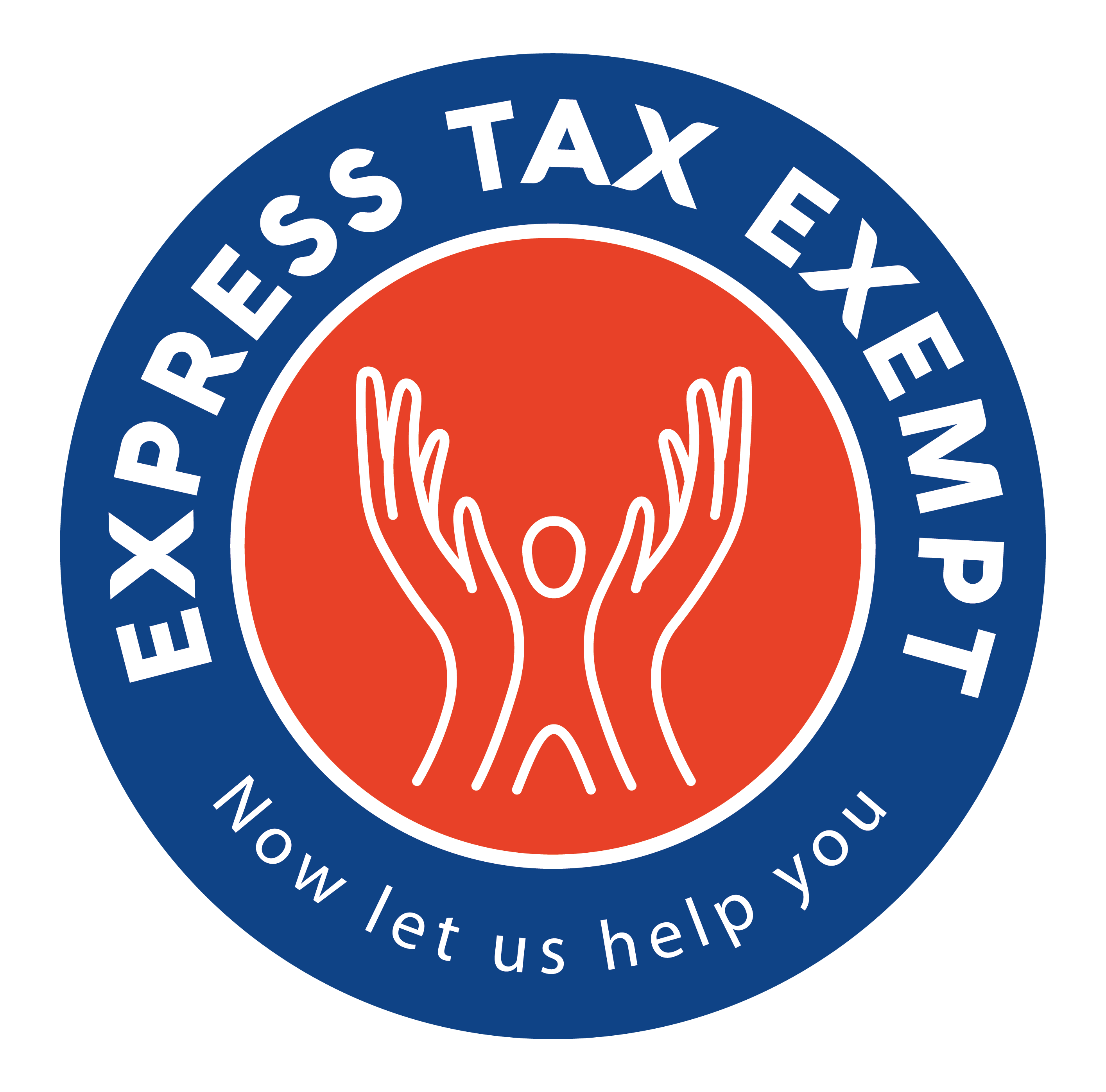Tips on Completing Balance Sheets for Exempt Groups
Land, Buildings, Equipment, and Leasehold Improvements
Organizations with any costs spent on land, buildings equipment, etc., must report it – this includes assets held for investments or property used for your organization’s programs or functions. If you indicate an amount, a Schedule D is also required.
You’ll need to enter the total amount of accumulated depreciation for the asset. Enter the cost of the land, building, or equipment as your beginning of year value – subtract the accumulated depreciation from that, and you’ll have your end of year value.
Liabilities
The balance sheet requires accurate information about any debts or financial obligations responsible by your organization. A few of these can include
- Accounts Payable / Accrued Expenses – the total accounts paid to suppliers or service providers, and expenses such as salaries, payroll taxes, and interests
- Grants Payable – unpaid portions of grants and awards your organization promised to pay others or individuals
- Deferred Revenue – revenue your organization has received, but not yet earned due to method of accounting
The IRS has many other liabilities listed which you can view within its Form 990 Instruction Sheet. Not every liability may apply to your organization – consult with a tax professional for further review.
Financial Accounting Standards (SFAS 117)
Organizations that follow SFAS 117 (ASC 958) must classify and report net assets into three groups:
- Unrestricted – no donor-imposed restrictions
- Temporarily Restricted – assets may be used after a specific date or for a particular purpose or both
- Permanently Restricted – assets utilized for a specified purpose, be preserved, and not be sold, or invested in sustaining a permanent source of income
The sum of these three categories is factored with your total liabilities amount to show “Total Liabilities and Net Assets.”
Financial Statement Details
Your financial statement details should show your total revenue and total expense amounts for the year. It should also list your amount of net assets and fund balances from the beginning of the year which should be the same as the end of year value from your previous 990 return.
Report any net unrealized gains or losses, the value of services or use of donated facilities, or net prior period adjustments – these amounts will factor into your net asset and fund balance for the end of the year.
With ExpressTaxExempt.com, our user-friendly interface allows you to enter these amounts quickly and easily – you can even make changes to your balance sheet instantly. Our internal audit check also ensures that you report evenly matched net assets and fund balances.
Contact our helpful U.S. – based support team for any further questions – we’re available at 704.839.2321, Monday through Friday from 9 a.m. to 6 p.m. EST or email us with [email protected].


